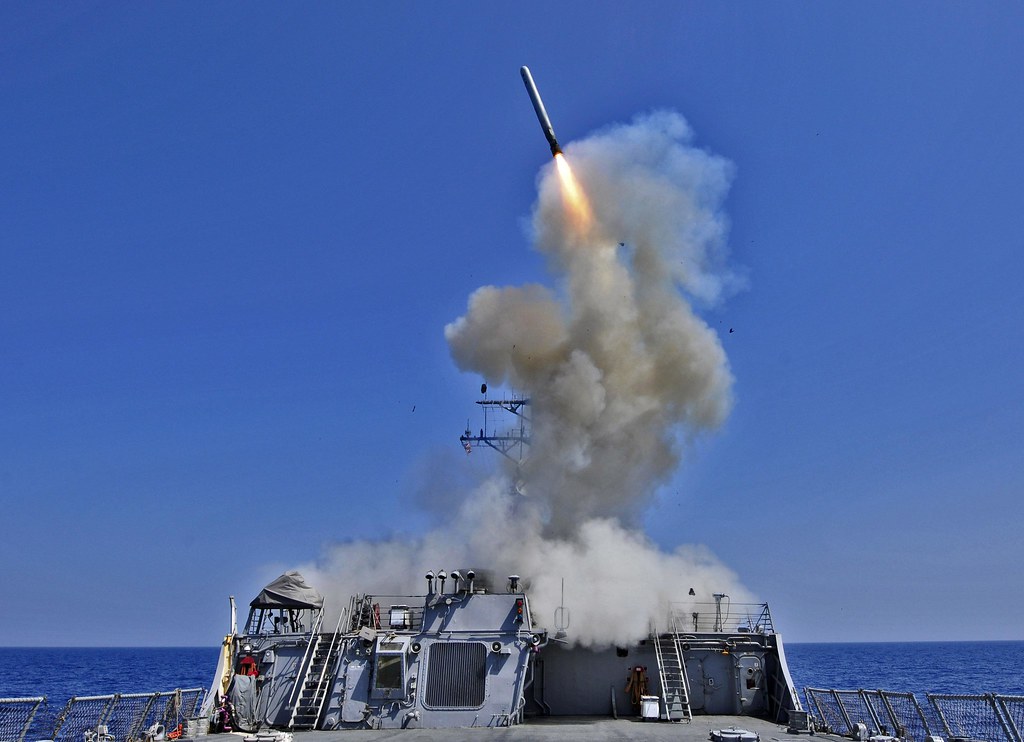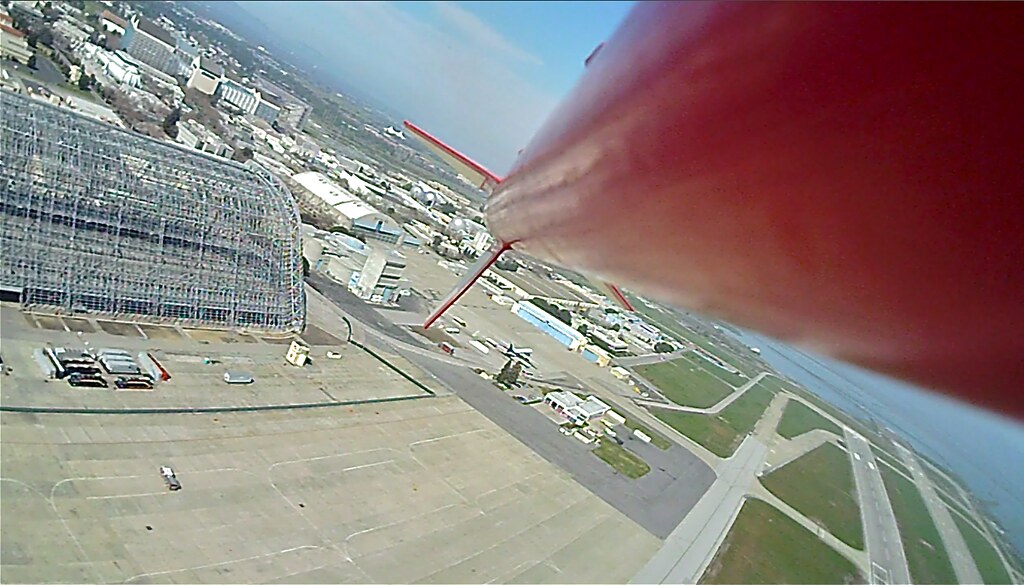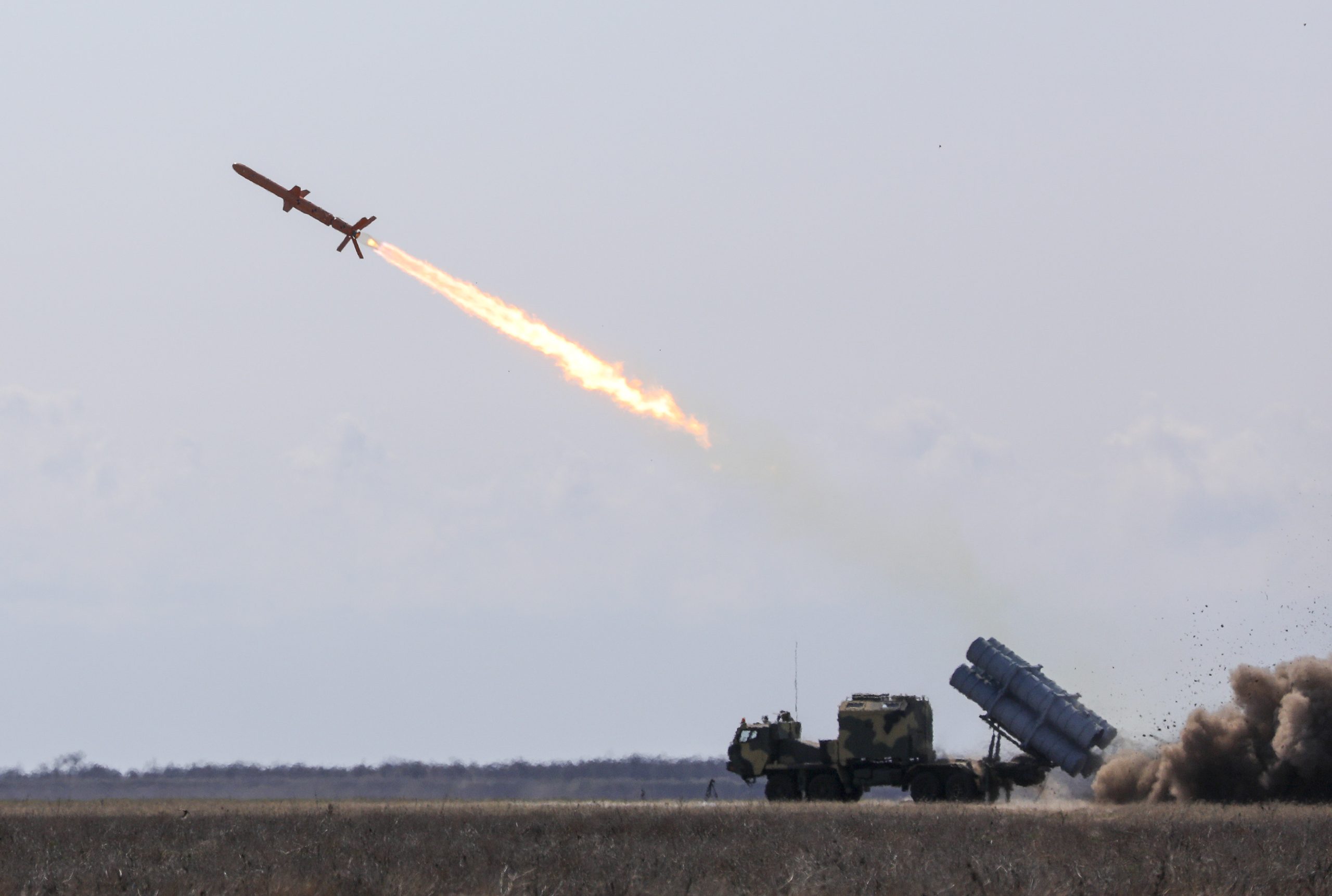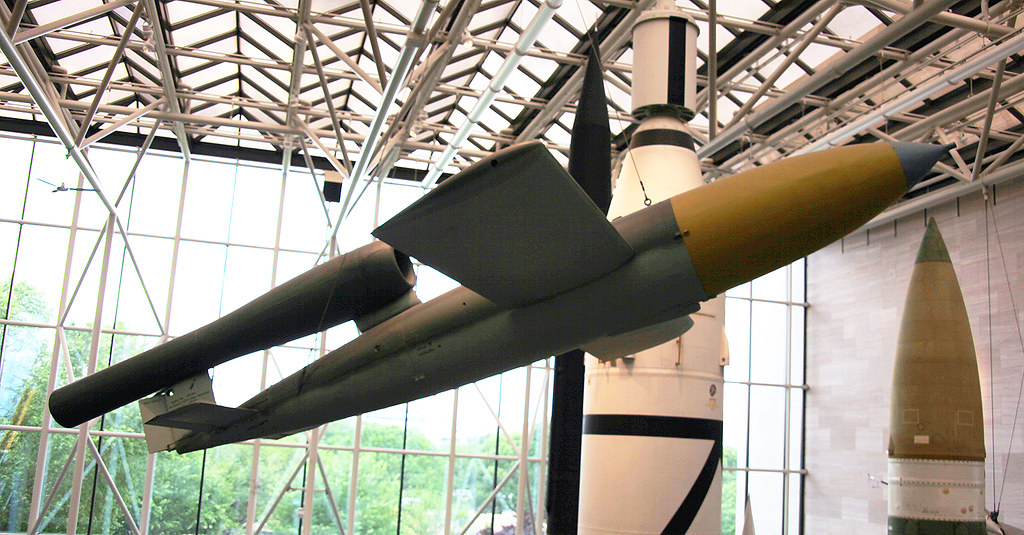
The Tomahawk cruise missile, an emblem of U.S. military precision and might, has long been a critical asset in the nation’s defense arsenal. Its heritage, stretching back to its first use in Operation Desert Storm in 1991, underscores the missile’s evolution through technology and strategy.

Today, the Tomahawk’s latest iteration, the Block V, stands as a testament to the U.S. Navy’s commitment to maintaining cutting-edge weaponry.

Originally designed for subsonic flight at low altitudes to defy radar detection, the Tomahawk’s various blocks have consistently improved in navigational technology and destructive capacity. In a world where geopolitical landscapes shift rapidly, the ability to make real-time tactical decisions has become indispensable.

The Block V variant of the Tomahawk meets these demands, introducing a leap in navigation and communications technology that empowers commanders to adjust to unfolding events on the battlefield.

The Block V, with its improved guidance systems, adds the formidable capability to engage moving targets—specifically enemy ships—a feature that was previously unattainable.

The Navy’s acquisition of 154 full-rate production Block V missiles marks a significant enhancement to their maritime warfare capacities, complementing the existing Block IV missiles that have already demonstrated their value in combat.

By traveling at low altitudes parallel to the ocean’s surface, these missiles can escape detection by enemy ship radar systems, enhancing the probability of a successful strike.

This capability aligns seamlessly with the Navy’s Distributed Maritime Operations (DMO) strategy, which emphasizes networked, precision attacks from disaggregated formations, thereby reducing vulnerability to enemy fire and optimizing the use of advanced technological solutions.

The Tomahawk’s decades-long history of deployment affirms its reliability and effectiveness in combat scenarios. Since its operational debut, the U.S. military has launched over 2,300 Tomahawk missiles. From disabling Al Qaeda training camps in Afghanistan in 1998 to a targeted strike on a Syrian airbase in 2018, the Tomahawk has remained a constant in demonstrating U.S. military reach and resolve.

While the cost per missile may appear steep at approximately $2 million, the tactical and strategic advantage it delivers justifies the investment.

Modern warfare necessitates adaptable weapons systems that can not only neutralize high-value targets but also provide ongoing assessments and adapt to the dynamic nature of combat. The Tomahawk’s ability to be reprogrammed mid-flight and its loitering function that allows for striking targets of opportunity reflect this vital adaptability.

As the U.S. Navy moves towards the development of a “Next Generation Land Attack Weapon,” which promises even greater lethality and survivability, the Tomahawk’s legacy will inevitably influence future designs.

The transition to newer technologies will see the continued modernization of the current stockpile, pushing the boundaries of what cruise missiles can achieve.

The Tomahawk, particularly in its most advanced Block V configuration, remains a symbol of strategic deterrence and a key component in the United States’ defense apparatus. With each innovation, it reassures allies and deters adversaries, securing its place as a pivotal tool in the arsenal of the U.S. military.

As military technology and political enthusiasts with an unyielding curiosity for science and nature, witnessing such advancements not only appeals to our interests but also instills confidence in our defense capabilities amidst evolving global challenges.
Relevant articles:
– Why Almost Nothing Can Stop the Tomahawk Missile, The National Interest
– Missile Threat, Missile Threat
– Unavoidable: Nothing Can Escape the Block V Tomahawk Cruise Missile, The National Interest
– The US Is About to Stop Buying Tomahawk Missiles, Like the Ones That Hit Syria, Defense One
![USS Barry fires Tomahawk missiles [Image 1 of 2]](https://gallery.trendydigests.com/wp-content/uploads/2024/05/7c4272b3-5e55-43ab-956f-0af4ef3b5d33-696x504.jpg)
